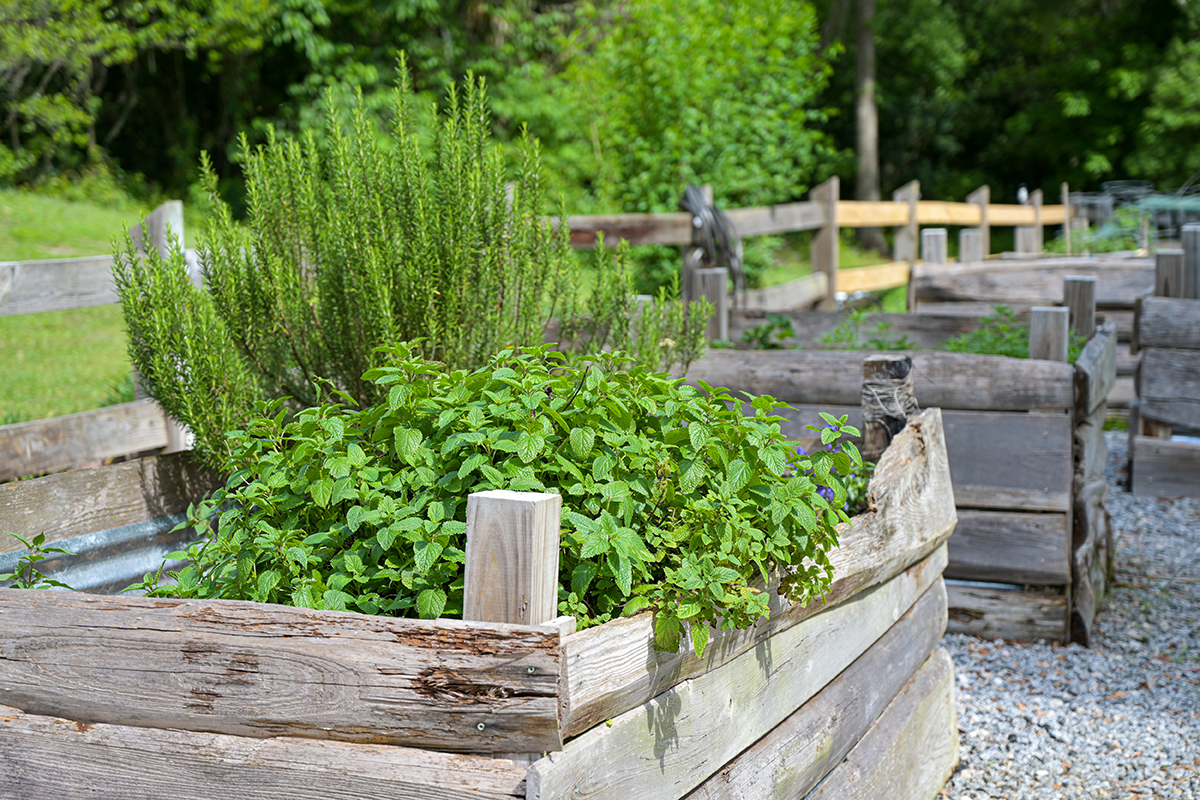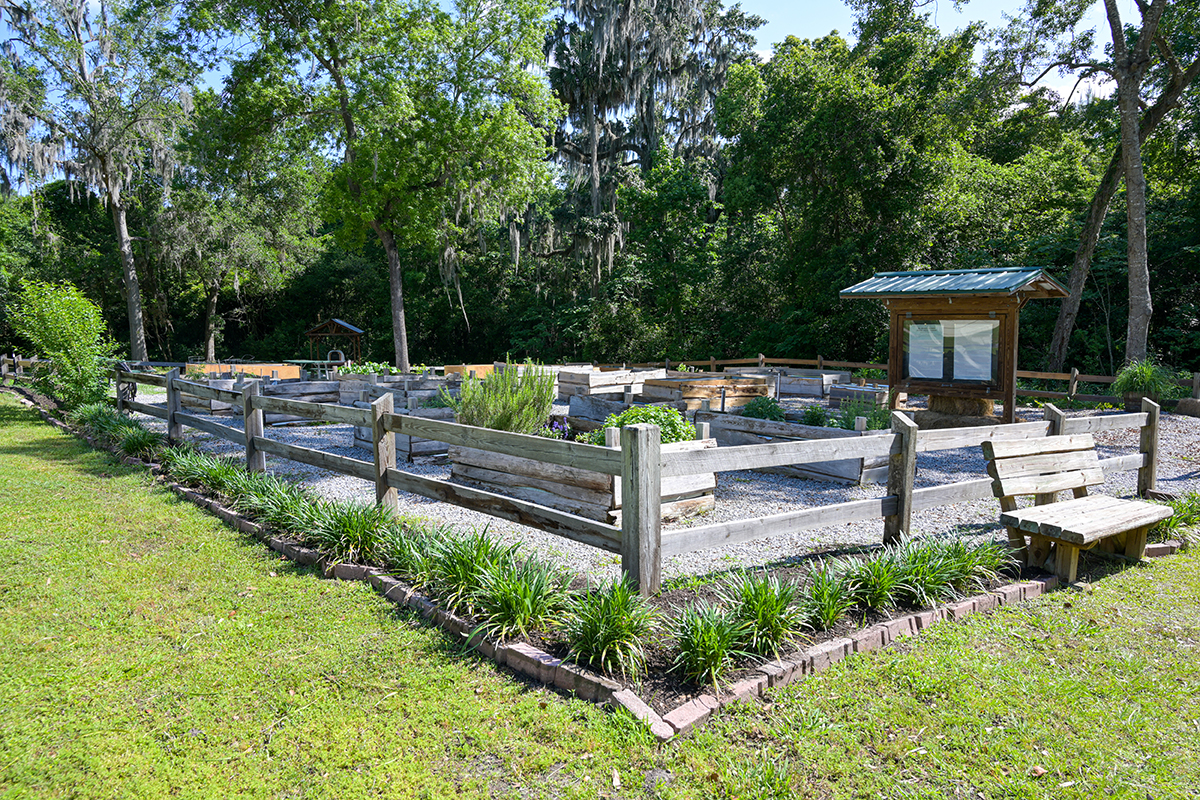Fort King, a military post with a significant role during the Second Seminole War, tells an interesting story of self-reliance through its farming practices. This story is not just about survival, but also about the blending of cultures and traditions and the ability to adapt.
The U.S. Army’s Self-Reliance Goal
Back in the early 1800s, the U.S. Army wanted its forts to be self-reliant. A high-level order from September 11th, 1818, instructed every commanding officer to grow a garden every year with the help of their soldiers. It’s not clear whether Fort King had such a garden, but the area around it had a rich farming tradition in the 19th century.
Influences from Other Areas and Cultures
The Seminole, native to Florida, had a long history of farming. Their large gardens, hidden in forest clearings and within their villages, showed their deep bond with the land. The Spanish also influenced Florida’s farming, introducing livestock and their unique food traditions.
Additionally, African farming techniques and food culture made their way into Florida through escaped slaves and the Black Seminole, adding to this cultural mix. European soldiers and pioneers from the north brought in seeds and recipes from their cultures, adding even more variety to Florida’s farming scene. These practices all played a part in shaping the farming and food in Florida. These diverse cultures adapted their traditional gardening and food cultures to the wild land, creating a distinct farming identity.
The Army’s Decision to Stop Farming and Its Lasting Impact
Despite these efforts, the Army decided to give up farming after fifteen years, deciding it was not a reliable way to get supplies. However, the crops that grow in this region today are a reminder of the past, showing what might have been grown during the Fort King era.
Remembering David Laffey: A Guardian of Fort King’s History
We should remember David Laffey. Laffey, a native of Ocala and former president of the Fort King Heritage Association board (2015-2018), was key in telling the true story of Fort King, the soldiers, and the Seminole. Known for his leadership and vision, Laffey played a big role in preserving the Fort King National Historic Landmark. His passion for Fort King’s history reminds us of the importance of preserving these stories, connecting the past and the present, and deepening our understanding of our shared history.
Following the Story of Fort King
Today, as we follow the story of Fort King, we are reminded of the resilience and adaptability of the people who lived on this land. Their story – of survival, cultural exchange, and adaptation – is embedded in the soil of this region, quietly telling the story of a time long ago.







